I recently came across an interesting set of illustrations from Ross Harkness, founder of BrandBldr.co.uk.
The illustrations talk about 10 visual ideas that can change the way you think about success. Here, I’m going to share my thoughts on eight of them and how they can help elevate your SaaS business to the next level.
Quick disclaimer: while I don’t entirely agree with two of the illustrations, I encourage you to see all 10 of them on Ross’ social media accounts, which are linked at the end of the article.
#1 – Action vs. Planning
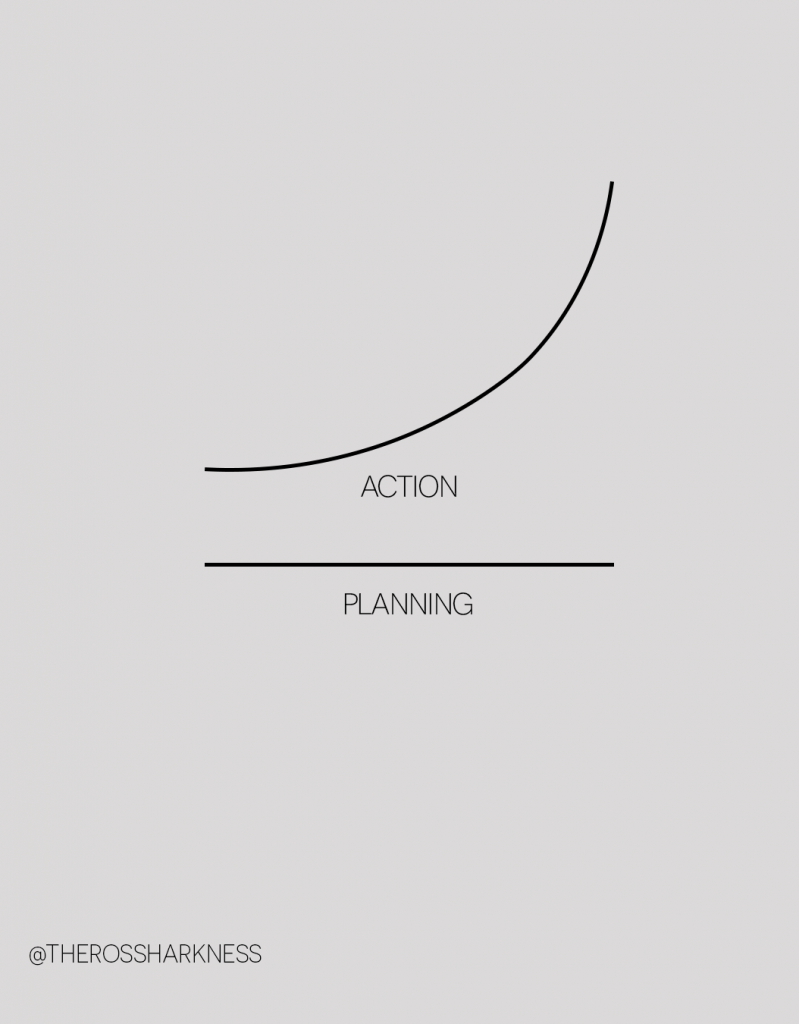
This illustration shows us the most significant difference between action and planning. Simply put, planning gets you almost nowhere. Meanwhile, action results in progress.
Of course, planning has its place in this world. However, you need action, action, and more action to get things done.
Action lets you try things. Even if you fail, you learn and become better. Then, you try again, which helps you go up on that curve. You have to be out there and do things, make mistakes, and learn from them.
#2 – Shiny Object Syndrome
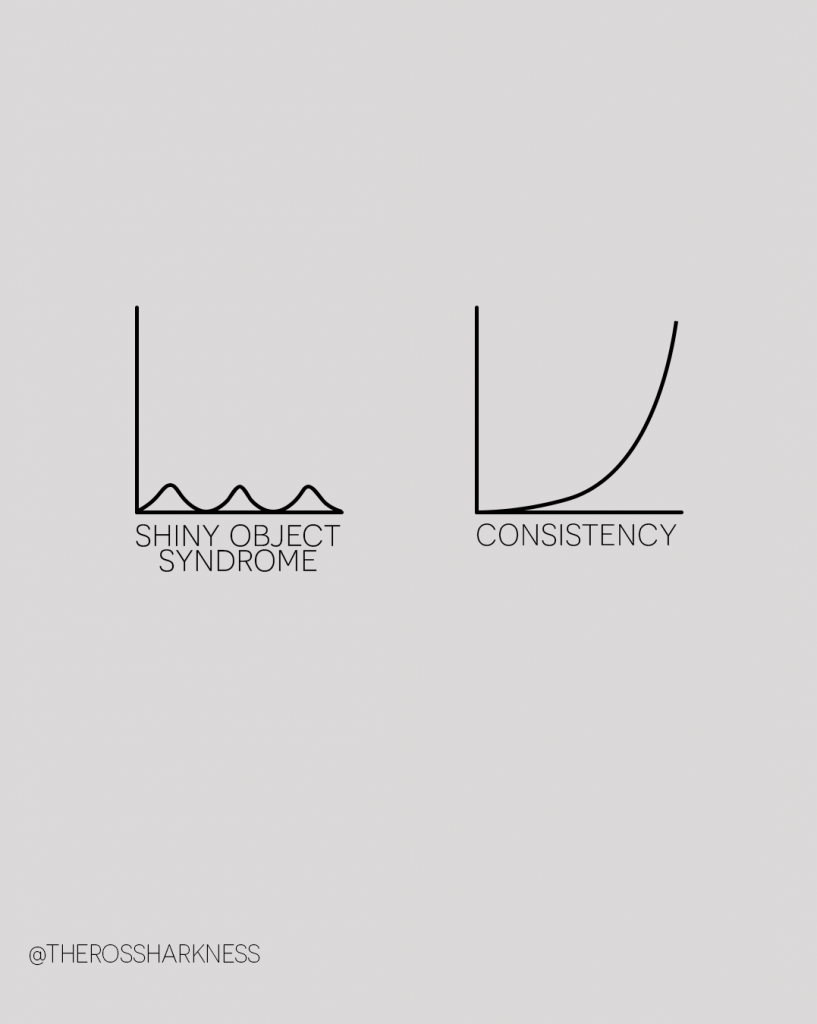
Some business owners may see something “shiny” — a new technology or anything that captures their attention — and they instantly want to check it out.
Then, they get bored or lose interest in that shiny object. It’s only a matter of time before they look for a new, distracting shiny object.
The cycle repeats, and their progress ends up plateauing.
This shiny object syndrome is quite common among problem-solvers. It doesn’t matter whether they’re in a large company or a budding startup — they’ll always look for problems to solve.
They also think that problems can be solved more easily with more money and new approaches.
Instead of pursuing every new shiny object, work on being consistent — consistently work and work and work on the same problem.
Over time, you’ll become the best person in your team, company, or industry to deliver that piece of work.
#3 – Progress vs. Perfection
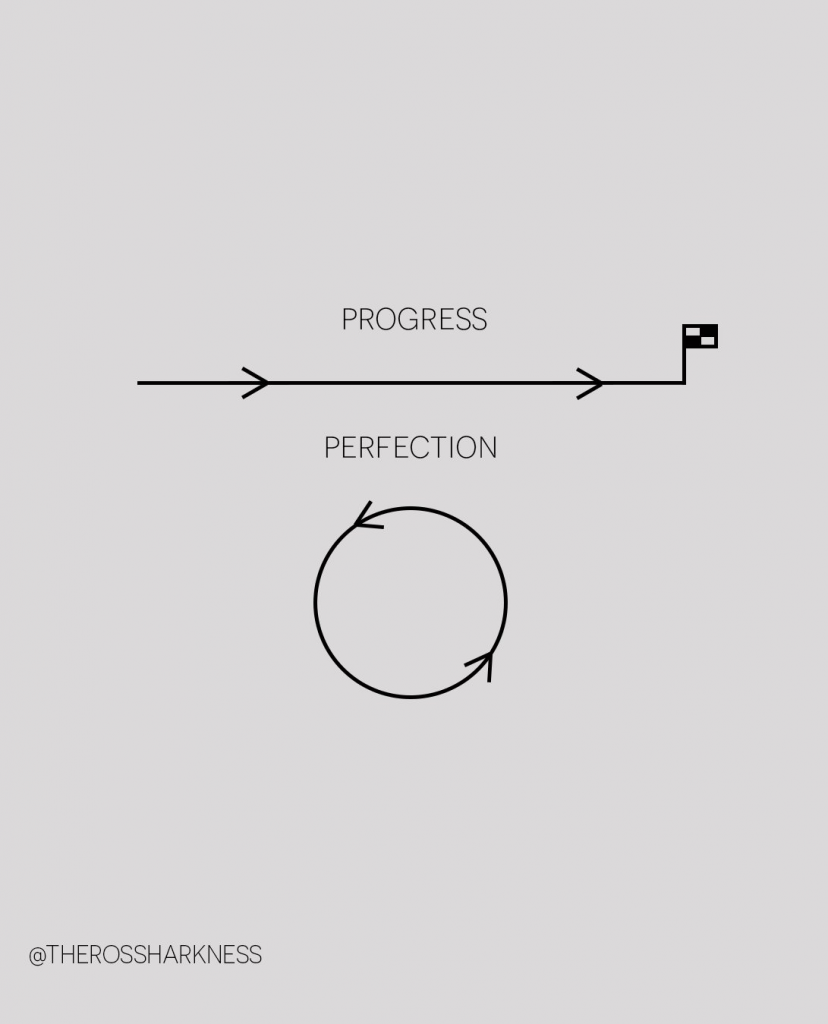
Progress is all about moving forward, but when you always want to deliver something perfect, you’ll get stuck.
Imagine a SaaS company where people always want something to be perfect.
They’ll always try to get the last 2% or 3% of their work done even if they’ve already completed 97% of the release.
On paper, that sounds great. Who doesn’t like perfection?
In practice, though, they’ll always work on never-ending cycles.
This holds up the entire release. They belatedly — if ever — get things into production, receive valuable user feedback, and actually move forward.
Simply put: perfectionism is the killer of progress. If you truly want to finish something, get it into production and bring it to life. You can deal with imperfections later.
#4 – One Big Goal vs. Lots of Tiny Steps

Having a big goal can be daunting. If you aim to make $1 million, you’ll feel like you might never achieve this goal.
However, if you take tiny steps — say, a few hundred thousand dollars per quarter or year — everything feels more manageable.
That’s essentially the same as building a product or features as a SaaS company.
You can’t just have one goal; you’ll have to come up with little steps and walk up each of them. One at a time. Until you finish the build.
You’ll end up in the same spot as when you have one big, daunting goal. However, having tiny steps is much less overwhelming — you won’t talk yourself into giving up and say things like, “I’m never going to climb this. It’s never going to happen.”
This is the agile way of building products and features. The visualization from Ross Harkness truly puts things into perspective for people who get caught up in such big goals.
#5 – Wasted Time
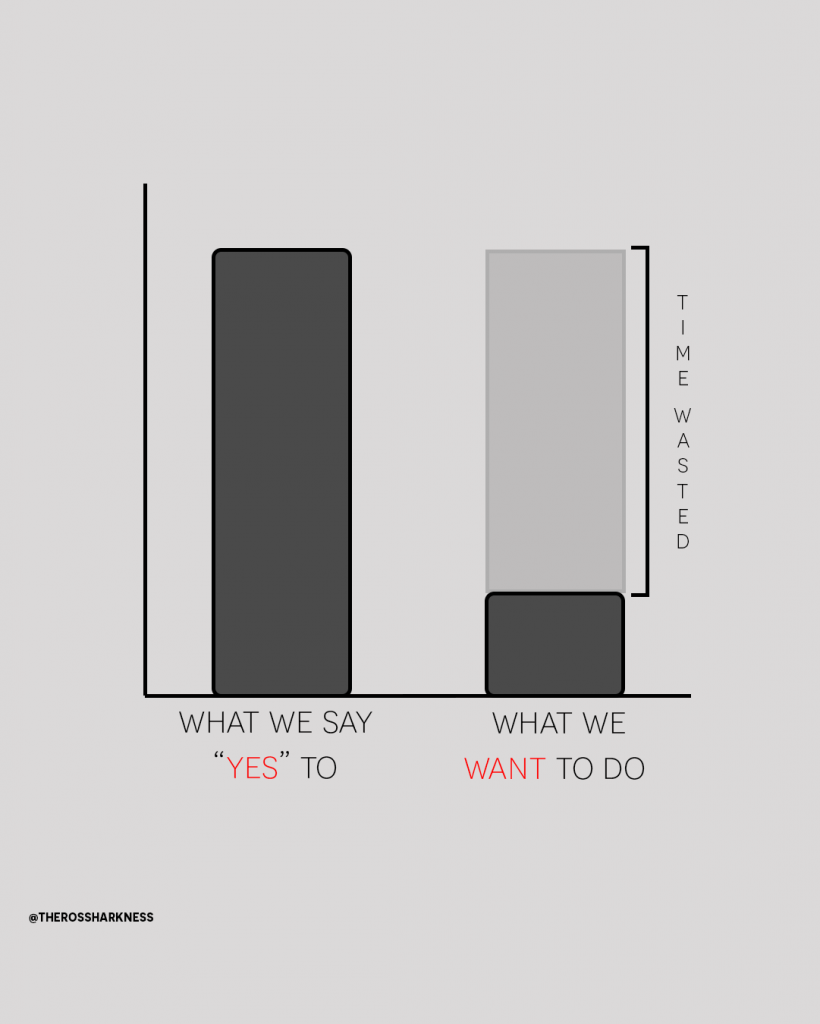
We can put this one in the same bucket as the shiny objects syndrome — people often say yes to things that they shouldn’t be doing instead of focusing on what matters.
In reality, the things you should focus on usually only make up a tenth of your day.
Taking on tasks that shouldn’t be on your plate can be frustrating. Your team will have competing priorities around security, features, and different clients.
This will only result in more noise. It will make development and roadmaps more difficult. You end up with wasted time.
The solution: be clear about who you want to deliver for and what you want to deliver. This drives your business forward — you’ll know who your clients are and what’s best for them.
Have a clear vision and break it into small steps. Do what you have to do, and don’t waste time. Time is precious; we don’t want to waste too much time because we don’t have much of it.
#6 – Failure is Part of Success

This one may sound cliche to some, but it’s true.
Essentially, you’re going to fail 100 times before you succeed once. That’s true in every part of life and even truer in software development.
The great thing about software development is that you can keep iterating. You can fail multiple times if that’s necessary to deliver one great product.
Compare that to a car manufacturer who generally releases one model per year. Their iteration gaps are farther apart. If they make a mistake, the consequences are more serious.
Meanwhile, software companies can deliver something and see if it’s successful. They can keep working, failing, and going for success. Eventually, they get there.
In other words: don’t let mistakes stop you from achieving your goals.
#7 – Every “No” is a Step Closer to a “Yes”

Just like every failure is a step closer to success, every no is a step closer to a yes.
This is true for sales more than anything else. You have to knock on doors to find the “yes” behind them. You never know which customer will open their doors to you if you don’t knock.
Keep asking. If you don’t ask, you won’t get the right answer.
#8 – What They See is Far from Reality
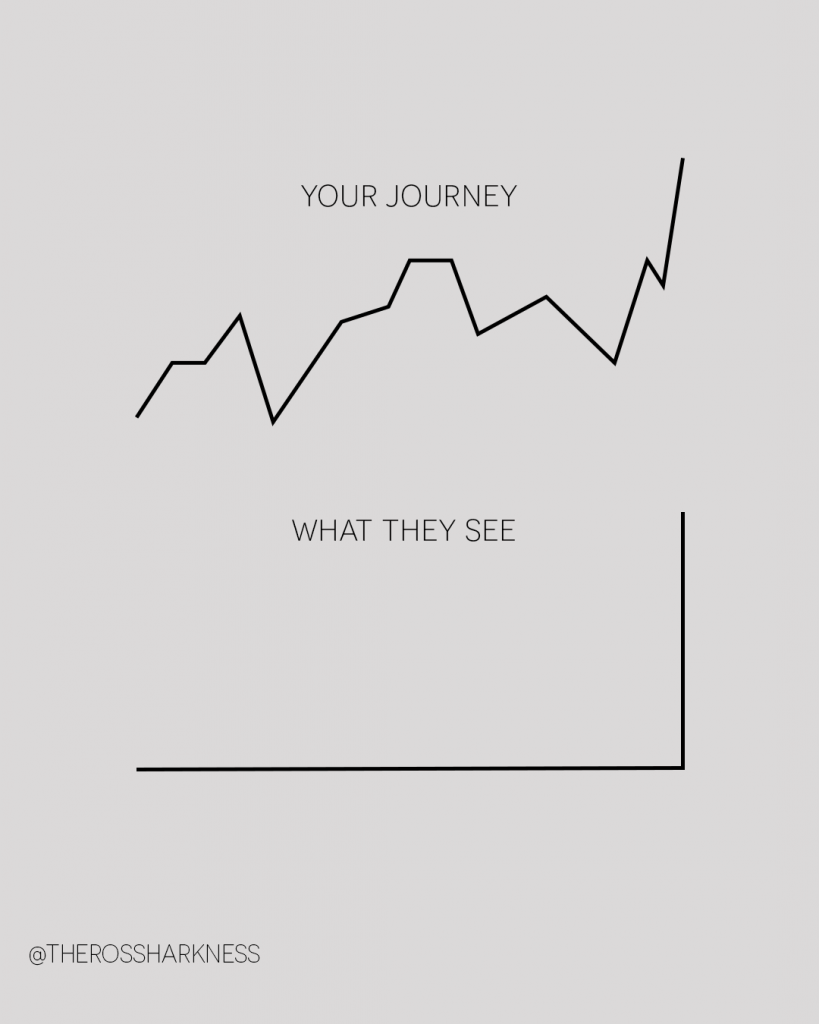
Here’s a question: what is overnight success?
People may think about a 30-year-old business owner who sells his business for $400 million, becoming a multi-millionaire overnight.
But in reality, overnight success is an ongoing journey.
Think of it this way: a person starts a business and sees success. Everything’s going great. Then, for whatever reason, their venture suddenly goes off a cliff.
But this doesn’t stop the person from working.
They start another business. It performs well, and they keep working on it until it reaches the same level of success as their previous business.
I say it takes 10 years to make an overnight success, and this photo illustrates that truly well.
The Bottom Line
Software is one of those things that have a great compounding effect. Once you get your product out in the market, it will keep running and you can keep building it.
You have to be consistent in this field. Keep moving forward and going in the right direction. The pictures above illustrate these principles well, and I hope they’ve been helpful to you.
Many thanks to Ross Harkness for these insightful illustrations. Check out his Twitter and LinkedIn accounts for more of his work.




